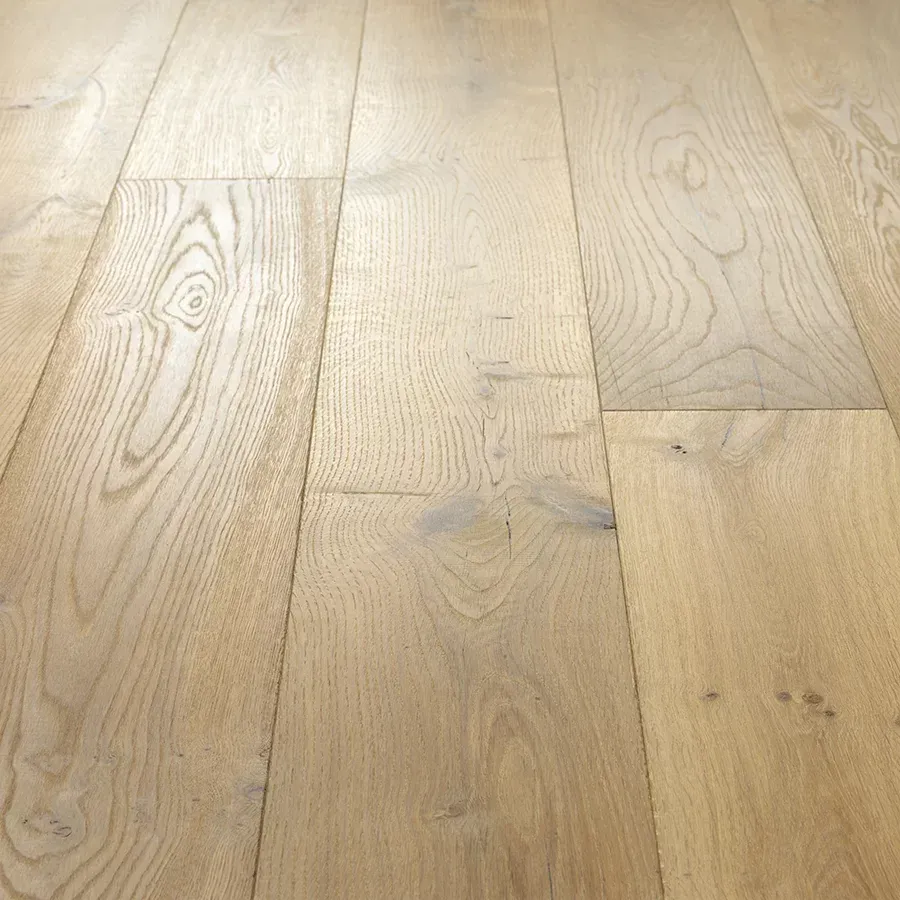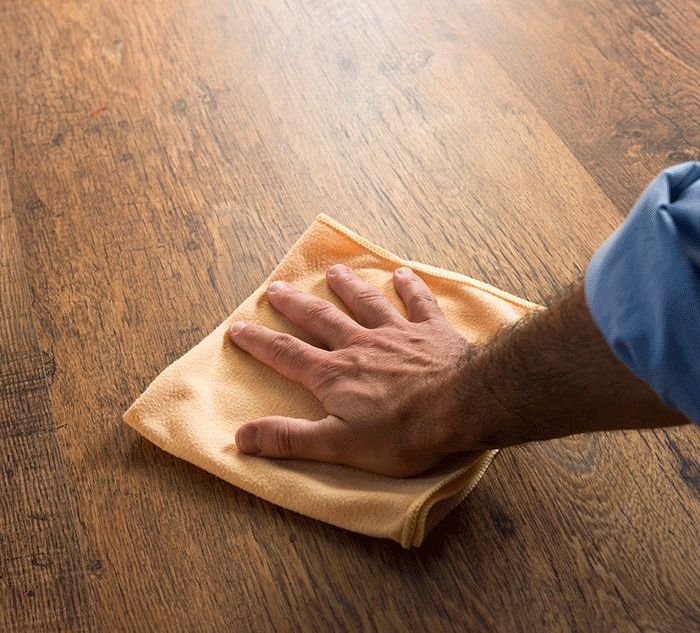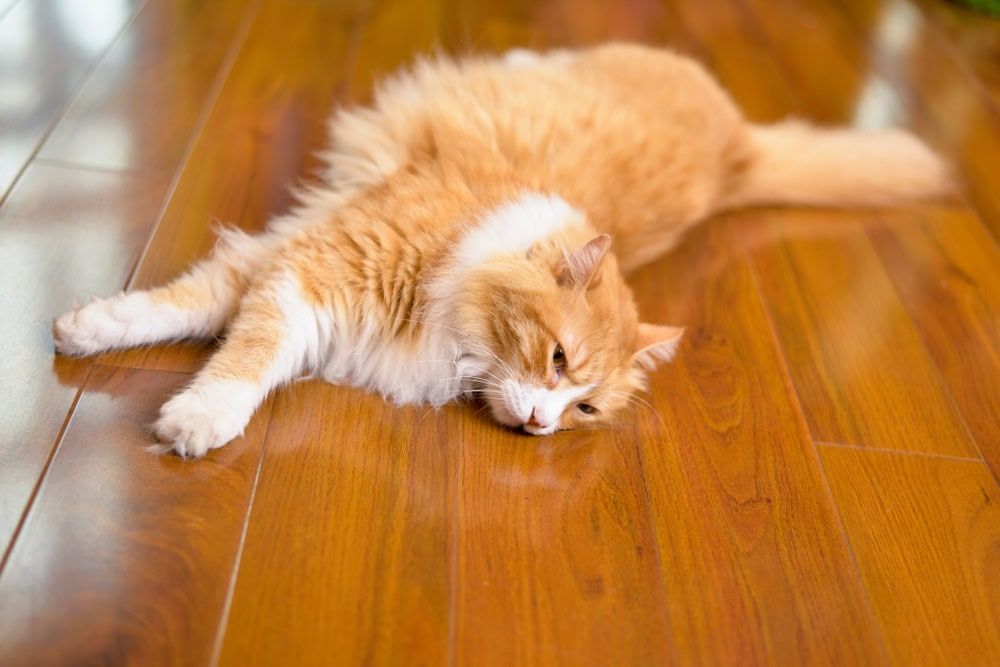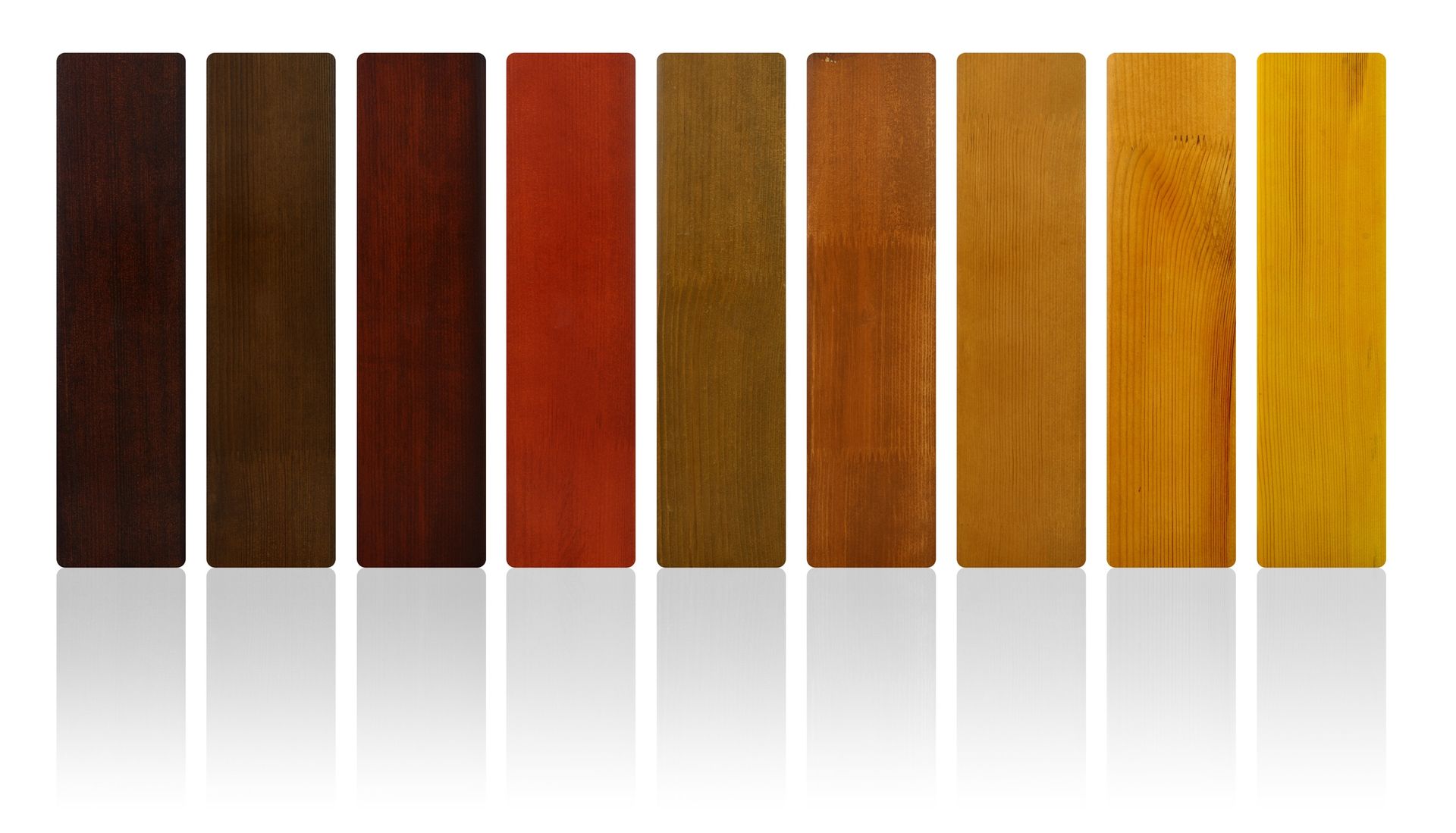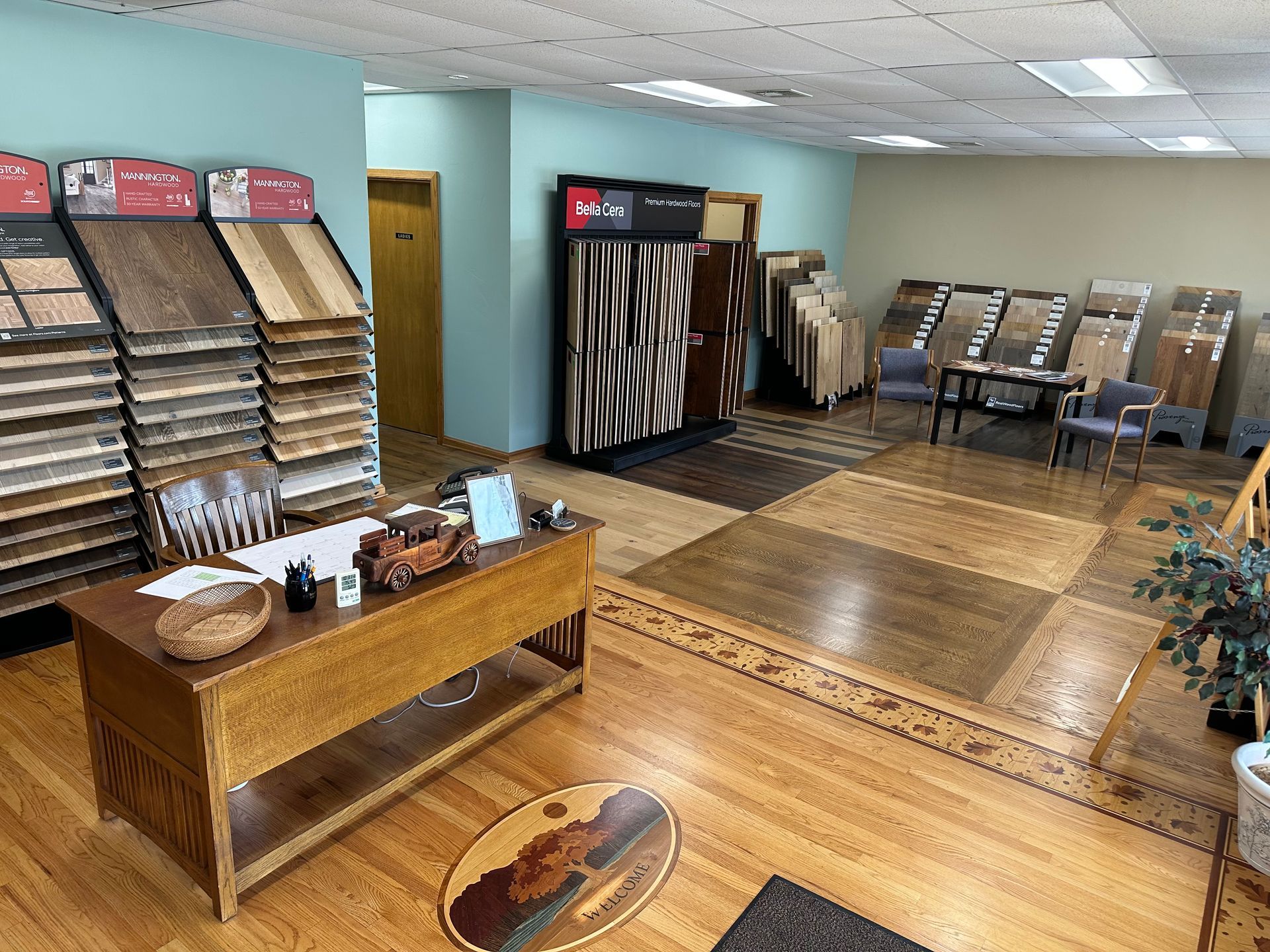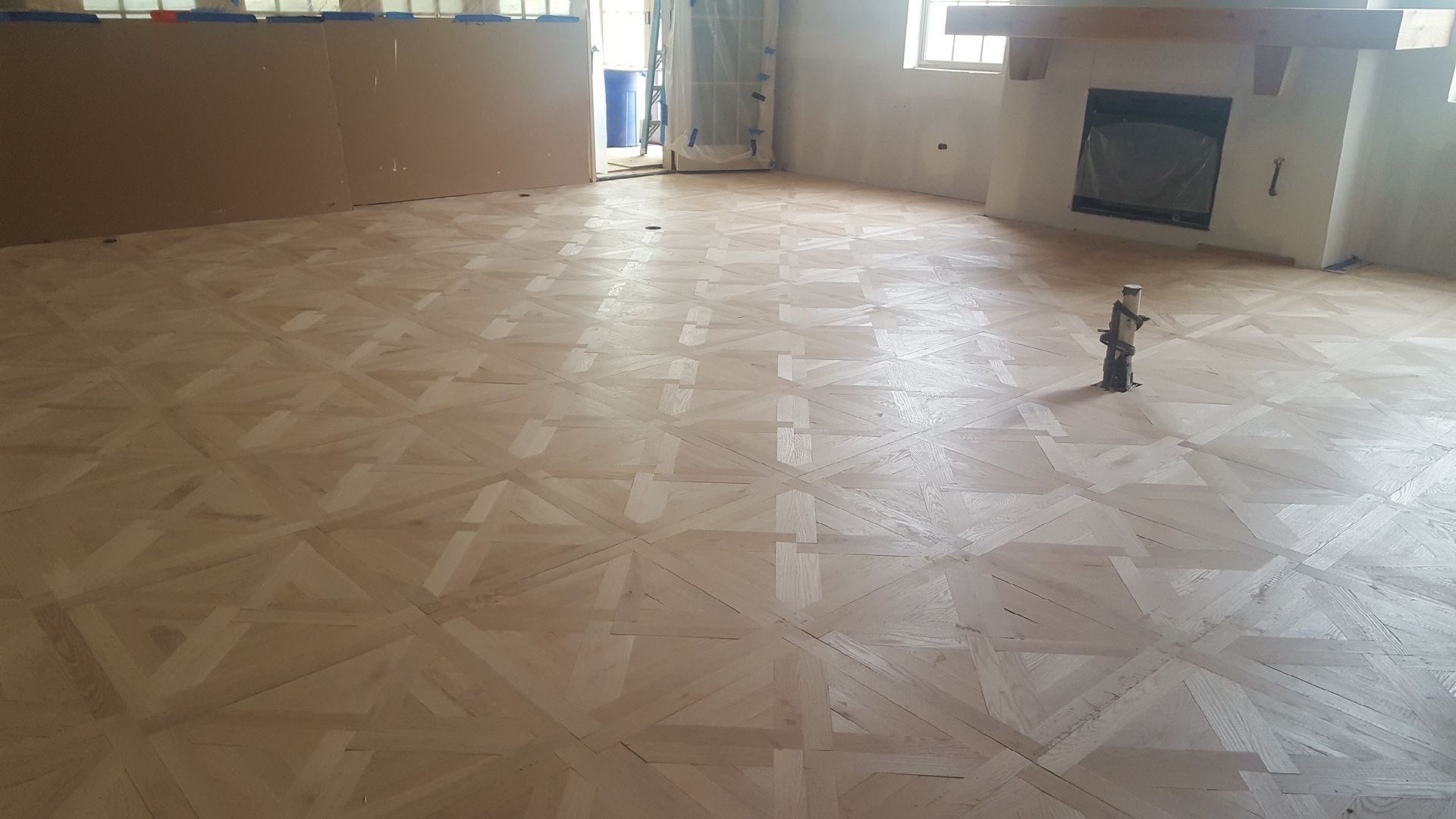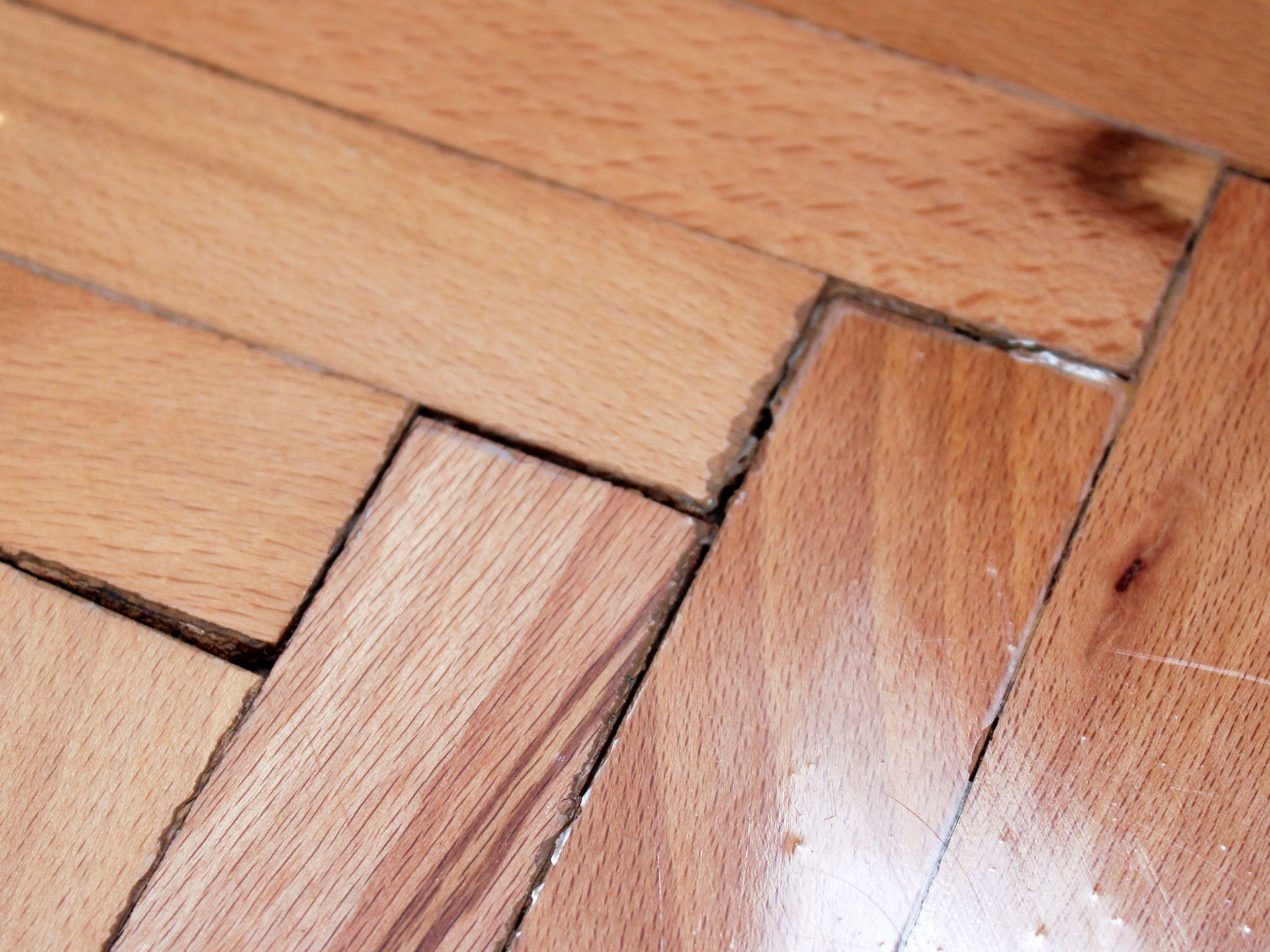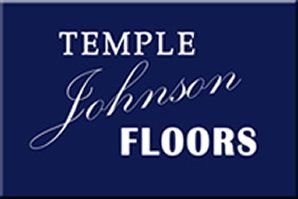What's Old is New: A Resurgence in Herringbone Wood Flooring
More herringbone wood flooring options than ever!
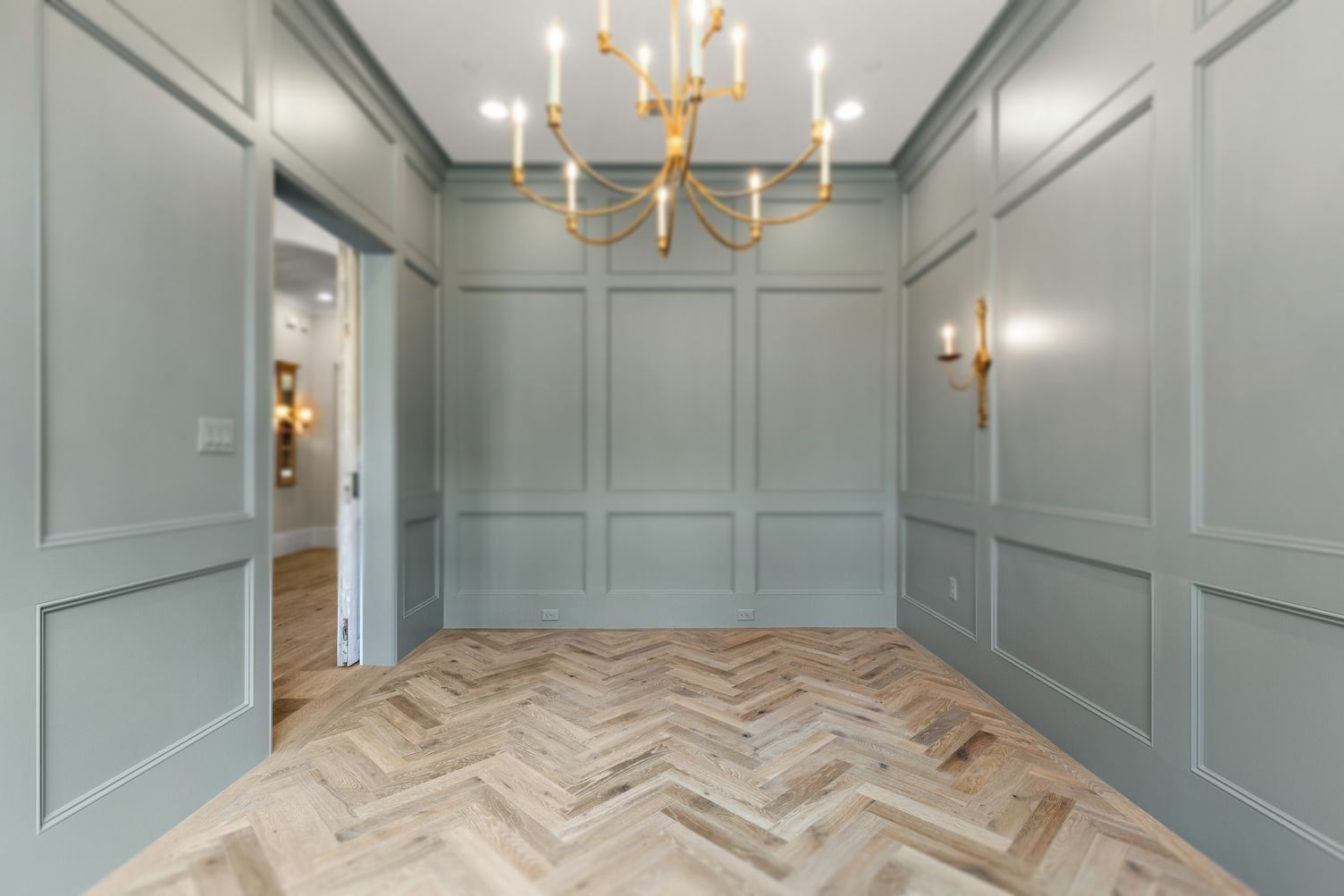
This recent rise in demand reflects an old adage: “What’s new is old, and what’s old is new.” Hardwood flooring companies such as Temple Johnson in Oklahoma City have been laying floors in both Herringbone and Chevron patterns since it began in 1927. Bryan Jones, owner of Temple Johnson, has announced they now carry innovative, pre-cut engineered herringbone parquet, that is different from the original hand cut, tongue and groove parquet rectangles. Now Herringbone and Chevron patterns can be ordered and purchased as pre-cut engineered slats. Temple Johnson offers several flooring companies that manufacture lines in these pre-cut versions: Valencia Hardwoods, Provenza Floors, Portercraft Floors, Mannington Flooring, & D&M Flooring, all of which are available for viewing in their show gallery at 405 W Wilshire Blvd, in Oklahoma City.
Working through Temple Johnson, the client first consults with Bryan, Matt, or Braden, and may then schedule an on-side consultation. After deciding on patterns and types of wood, they come up with a comprehensive plan that suits the client’s needs and preferences best. Then, Temple Johnson prepares the specifications for the pre-cut engineered planks, which usually come glued to a wood or concrete sub-floor, and are then carefully placed to fit snugly together. There are always some onsite cuts that will require a craftsman, as the floor is laid, but the time saved with engineered planks makes it an excellent option to explore.
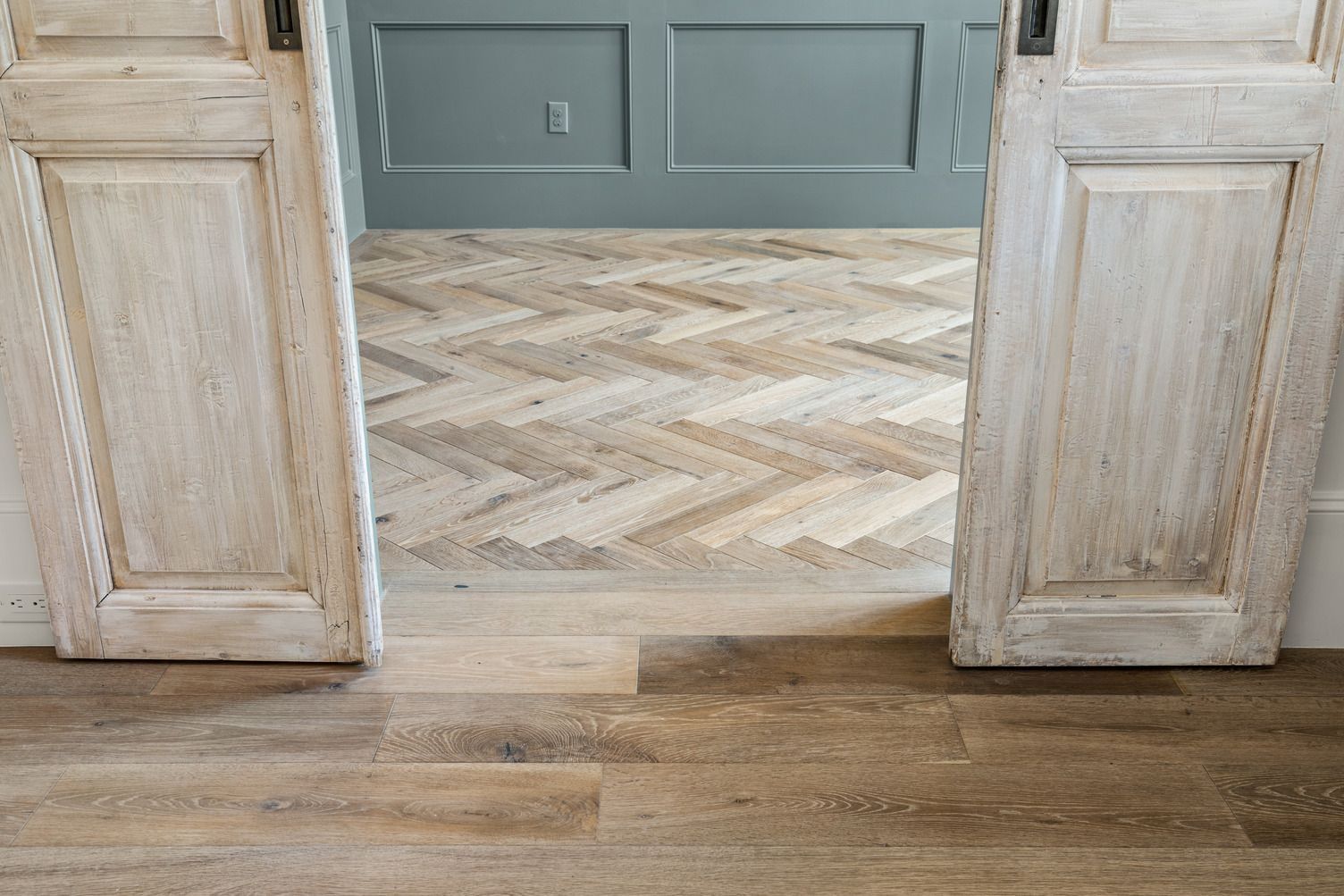
The Herringbone patterns are derived from centuries old designs. In 1539 in France, elite circles picked up on using wooden herringbone designs in their estates and mansions. These beautiful oak, walnut, or pecan/hickory floors can still be admired in historic mansions, especially during the WWII era. Chevrons became a way of signifying a certain rank in the military and police force in the Commonwealth nations and the United States. Now, people are using more and more herringbone individual designs in small areas. The wood itself creates eye-catching, visual effects in spaces like entrance areas, foyers, hallways. The geometric patterns also work for larger spaces, giving them a luxurious, continental feel. Many clients design floors that incorporate both ideas.
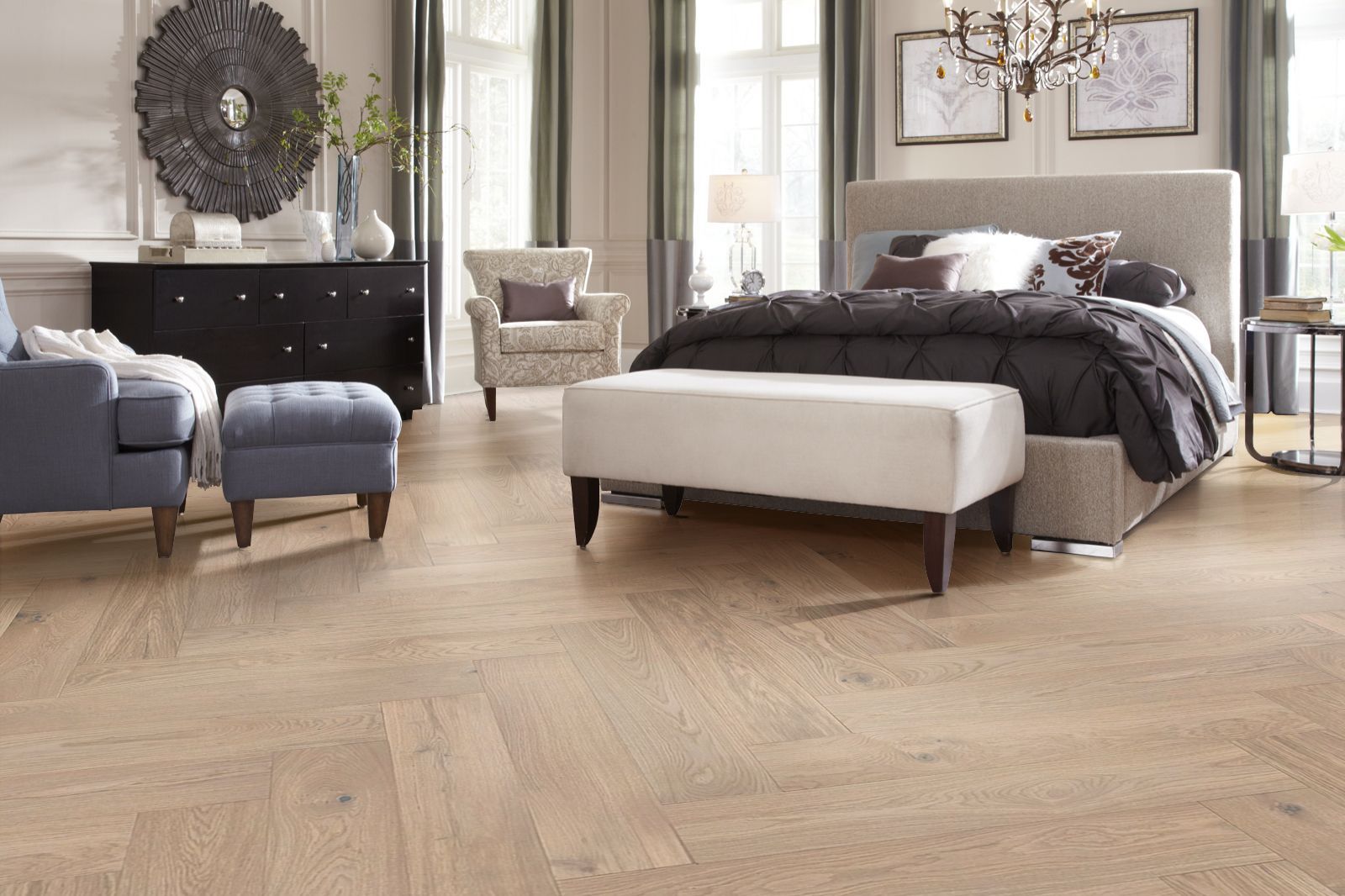
Both Herringbone and Chevron squares demand excellent craftsmanship and exacting cuts so the patterns come together in a “V,” like the rafters of a house. Herringbone patterns have used many mediums since at least 312 B.C. when the Romans built the famous Appian Way. They laid bricks over a crushed gravel base, and observed that interlocking herringbone patterns made the roadways last longer and maintain stability longer. Between 750 and 600 B.C. Indigenous people were using the pattern in American basketry and jewelry. During the Medieval Period, rough bricks laid in a Herringbone pattern formed firewalls needed behind the hearths of fireplaces and walls. And herringbone is internationally recognized for the wool fabric used in coats and suits, particularly.
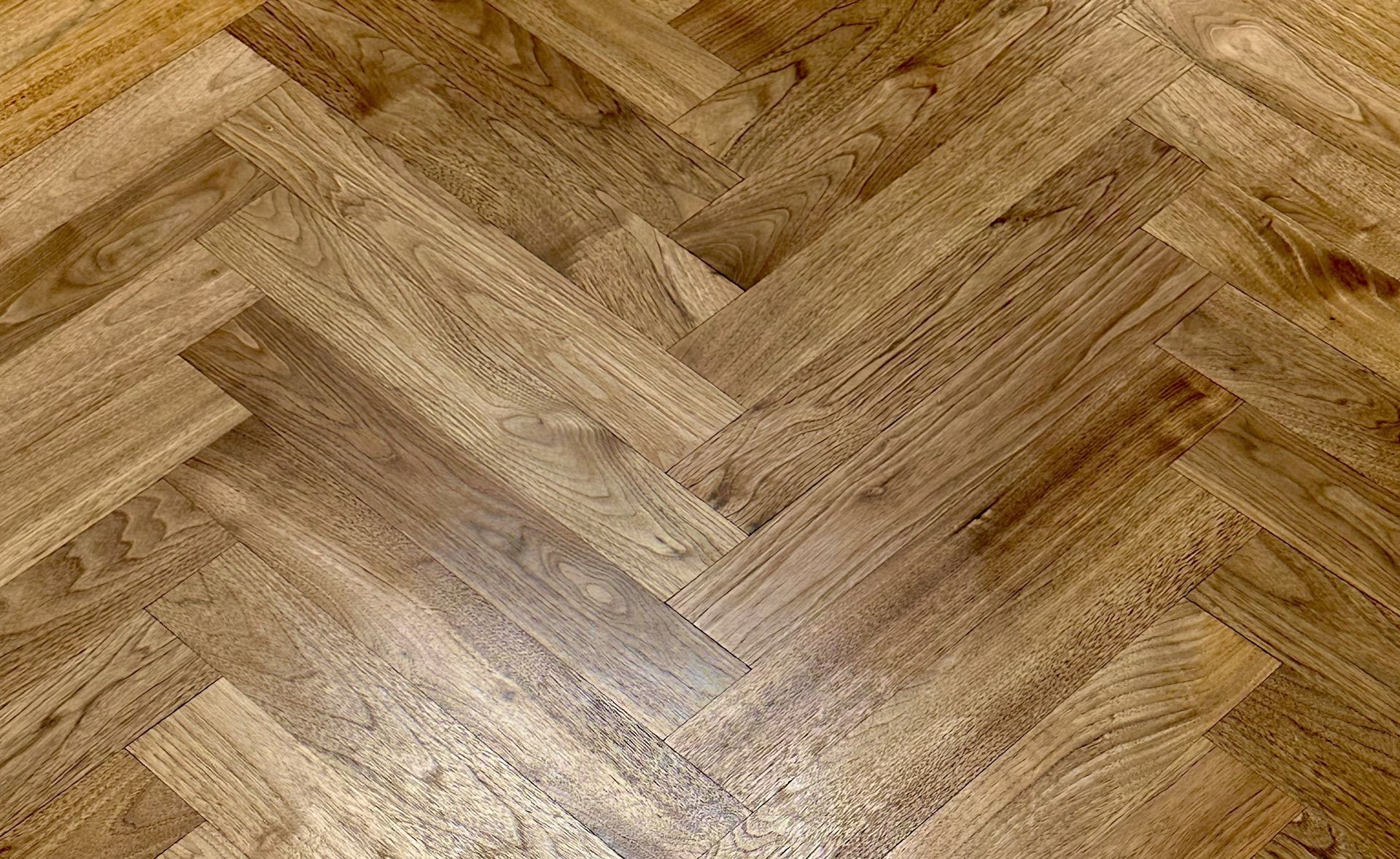
Once the Cathedral of Florence used herringbone brick throughout its famous dome, then repeated the pattern in endless wood floored hallways, its popularity all over Europe was assured for centuries.
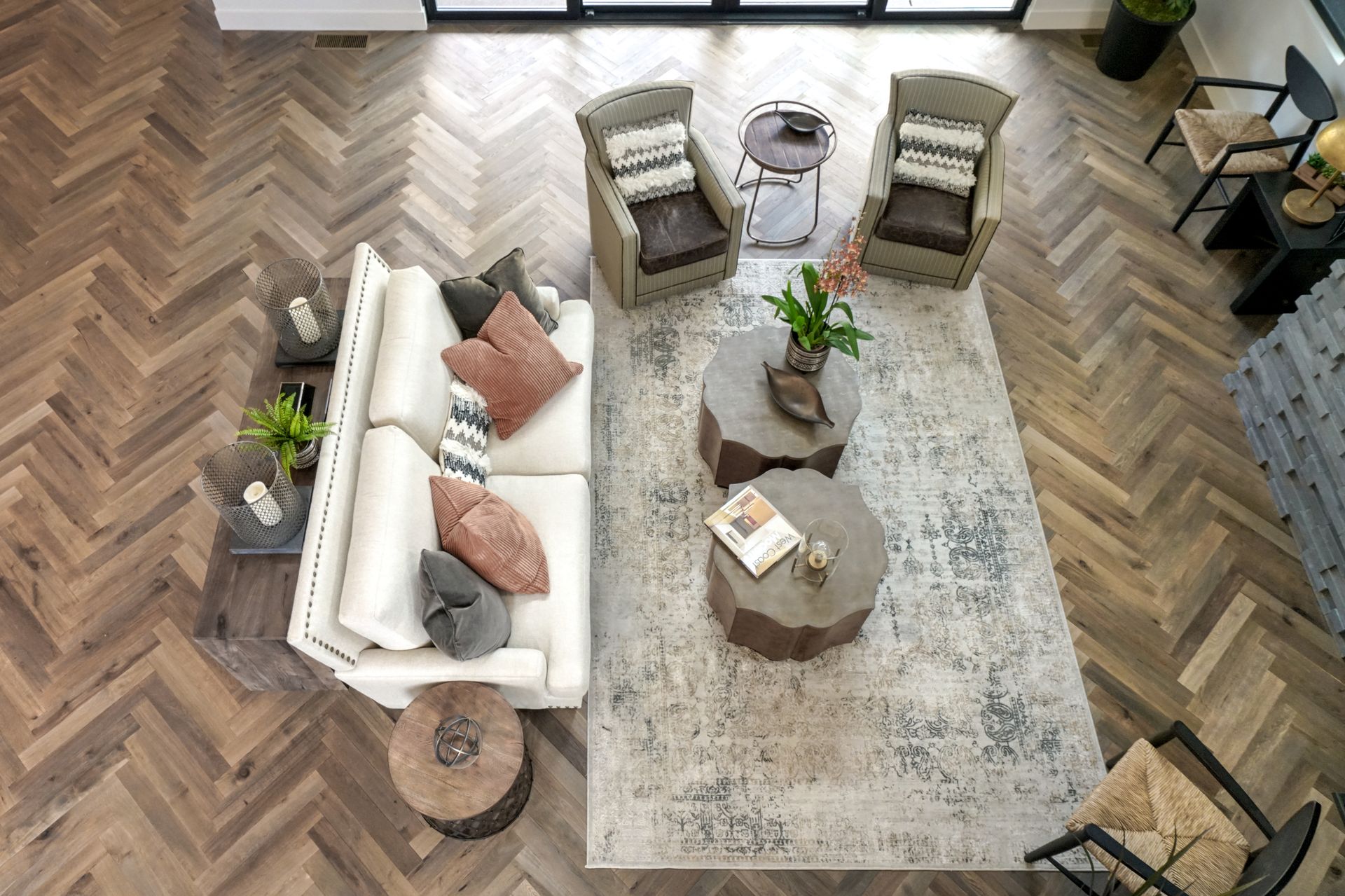
Looking through Herringbone’s long and storied history, the amount of workmanship required is phenomenal, making these historical feats expensive and out of reach for many. Clients are now able to shop widely for pre-cut engineered designs, which could make all the difference in adopting classy Herringbone flooring.
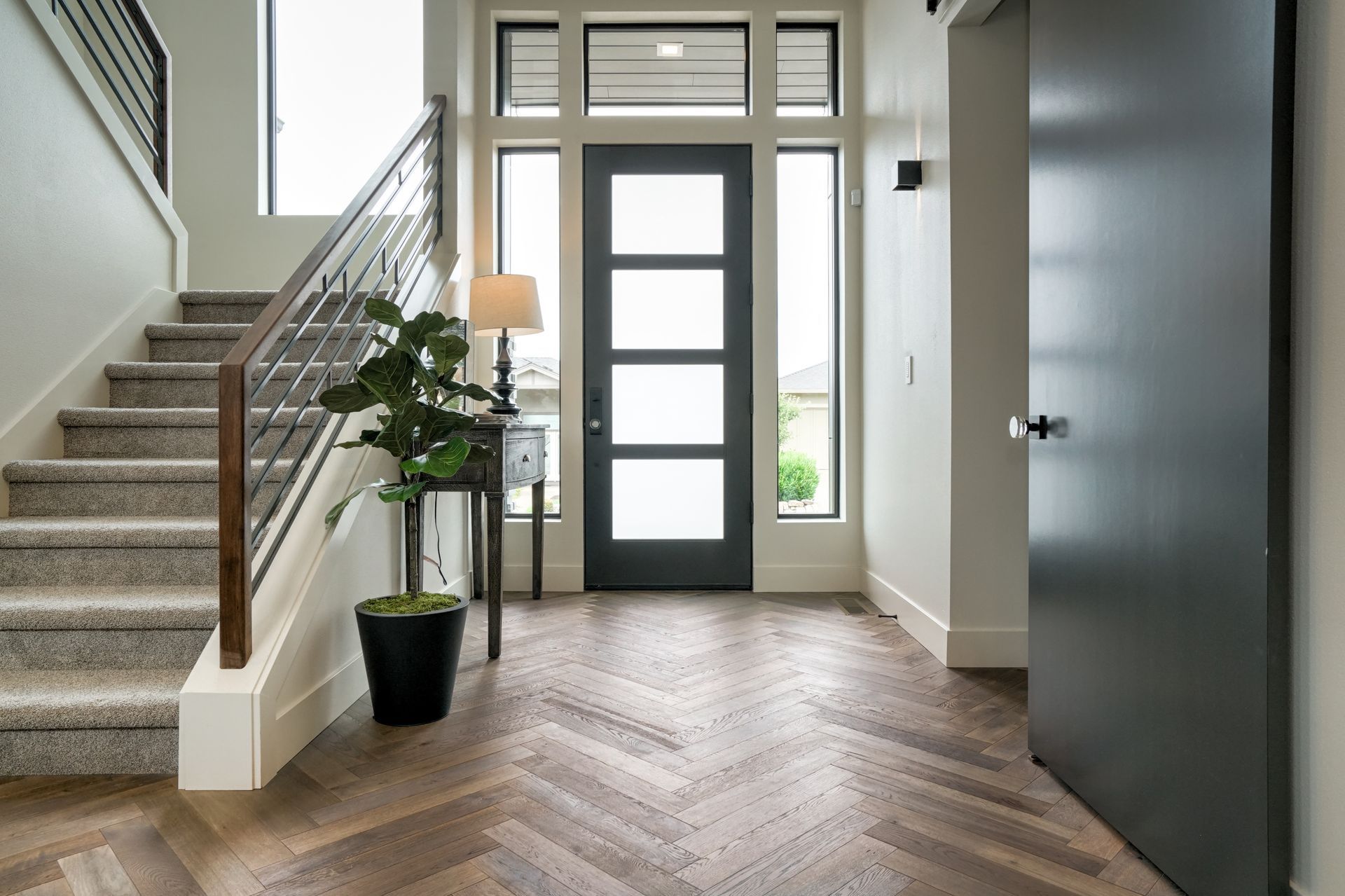
Come and visit us and our showroom here at Temple Johnson Flooring, where customers are treated like family!
